Welltowheels greenhouse gas emissions for cars by powertrains Chart and data by the International Energy Agency The majority of greenhouse gas emissions from US household transportation are created domestically, as measured in megatons of carbon dioxide equivalent Chart by The Conversation, CCBYNDThe image shows all human contributions to greenhouse gas emissions Energy use is by far responsible for the majority of greenhouse gases Most activities produce greenhouse gases both directly, through onsite and transport use of fossil fuels, and indirectly from heat and electricity that comes "from the grid" All emissions data is from 03
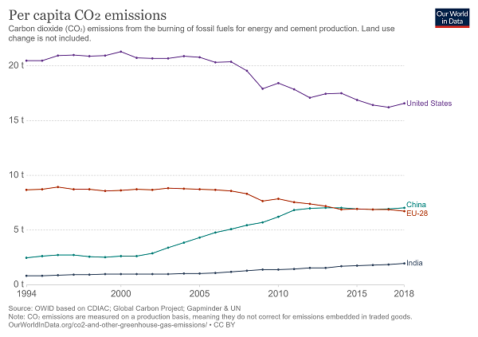
Where Are Us Emissions After Four Years Of President Trump
What are the top 3 sources of greenhouse gas emissions
What are the top 3 sources of greenhouse gas emissions- Emissions of national and global fishing fleets We estimate that the world's fishing fleets in 11 burned 40 billion litres of fuel and emitted 179 million tonnes of CO 2You are About to View Greenhouse Gas (GHG) Emissions Data from Large Facilities Important Information about this Data Set This data set does not reflect total US GHG emissions The data was reported to EPA by facilities as of




Transport Could Burn Up The Eu S Entire Carbon Budget International Council On Clean Transportation
19 UK greenhouse gas emissions final figures xlsx and ods data tables updated New annex added final emissions by end user and fuel type 2 February 21 Daily chart Greenhousegas emissions are set to rise fast in 21 Last year's decline, caused by the pandemic, will probably be shortlivedThe amount of emissions of any oil company shown on the chart is the combination of both the greenhouse gases released during the process of extracting the oil from the ground and the burning of all that oil by customers who use it to power
The typical American's annual household carbon footprint is over five times the world per capita average 5 charts show how your household drives up global greenhouse gas emissions Menu CloseGlobal CO 2 emissions were over 5% lower in Q1 than in Q1 19, mainly due to a 8% decline in emissions from coal, 45% from oil and 23% from natural gas CO 2 emissions fell more than energy demand, as the most carbonintensive fuels experienced the largest declines in demand during Q1 All of the World's Greenhouse Gas Emissions in One Awesome Interactive Pie Chart By Margaret Badore Senior Editor Columbia University Sarah Lawrence College Maggie Badore is
7% of the emission intensity of natural gas, and only 3% of the emission intensity of coal fired power plants In addition, the lifecycle GHG emission intensity of nuclear power generation is consistent with renewable energy sources including biomass, hydroelectric and wind Figure 3 illustrates source evaluation data by study group The UK produces an annual greenhouse gas inventory, a consistent time series of UK greenhouse gas emissions from 1990 onwards Official statistics on UK greenhouse gas emissions are also produced "The classic EPA chart suggested Agriculture is 9 percent of US greenhouse gas emissions This number's almost certainly significantly
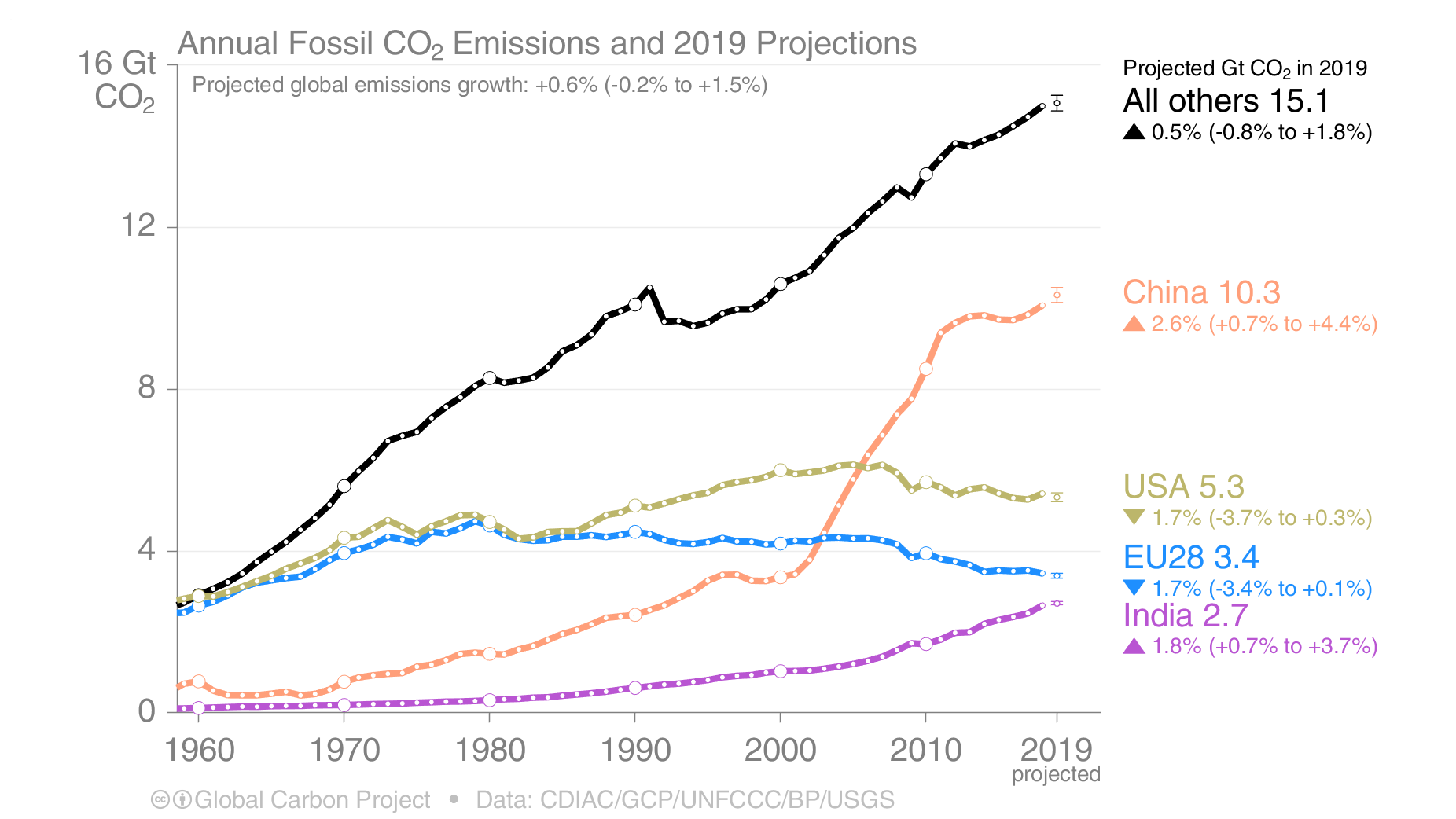



Here S How Much Global Carbon Emission Increased This Year Ars Technica
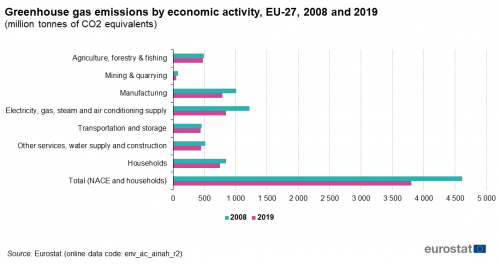



Greenhouse Gas Emission Statistics Air Emissions Accounts Statistics Explained
The chart above shows emissions to date, the trajectory we need to reach our reduction goals, and our likely trajectory based on current trends and policies Greenhouse Gas Emissions by Sector The graph above shows that transportation is still the greatest contributor to greenhouse gas emissions in Oregon, followed by the residential and commercial sectors The US is the secondlargest greenhouse gas emitter, following China Last month, President Barack Obama pledged to cut America's greenhouse gas emissions by up to 28 percent below 05 levelsThis interactive chart shows annual greenhouse gas emissions – the amount a given country produces each year – across the world Again, this is measured in tonnes of carbon dioxide equivalents As is the case with CO 2 emissions , China is
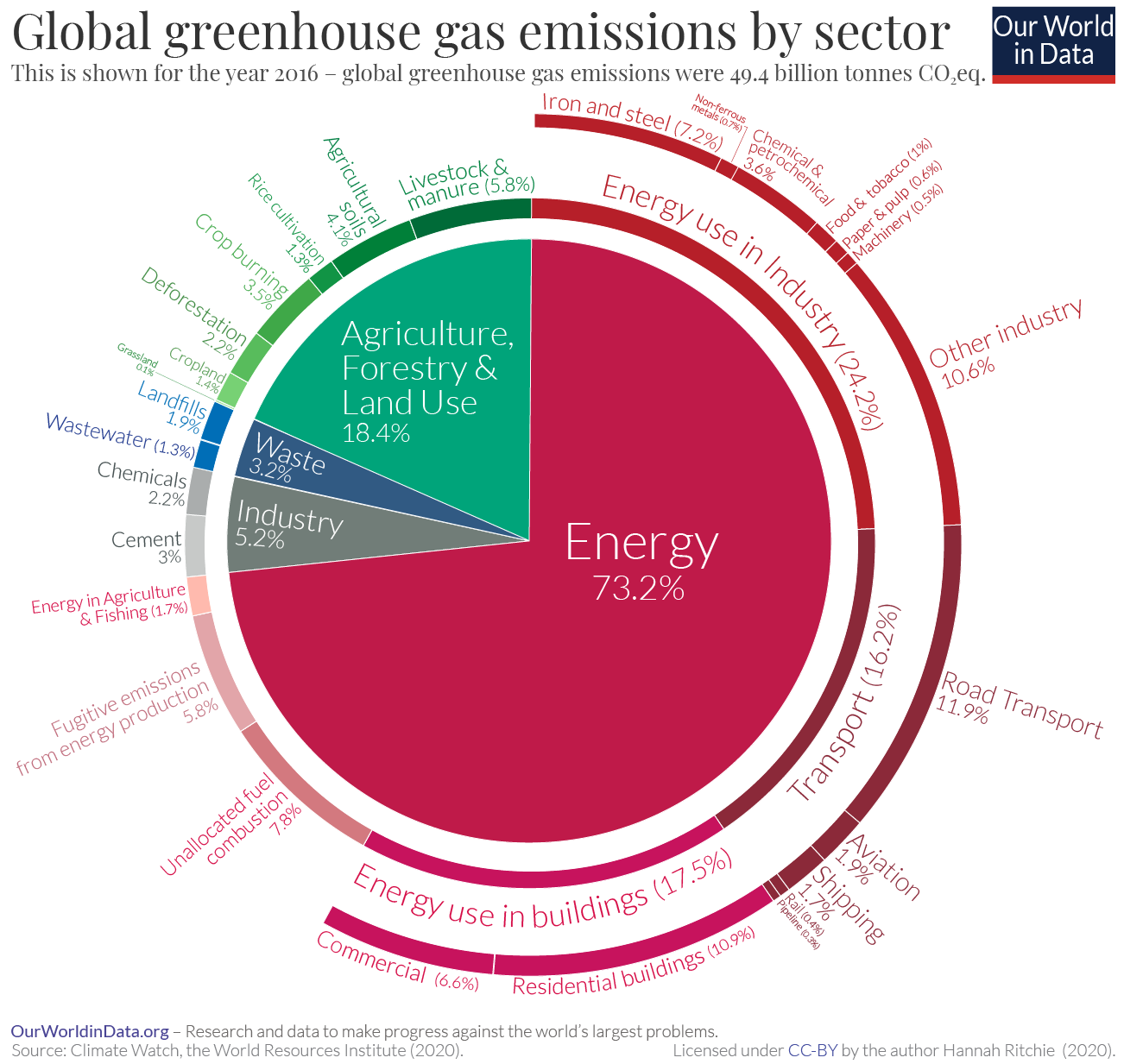



Emissions By Sector Our World In Data
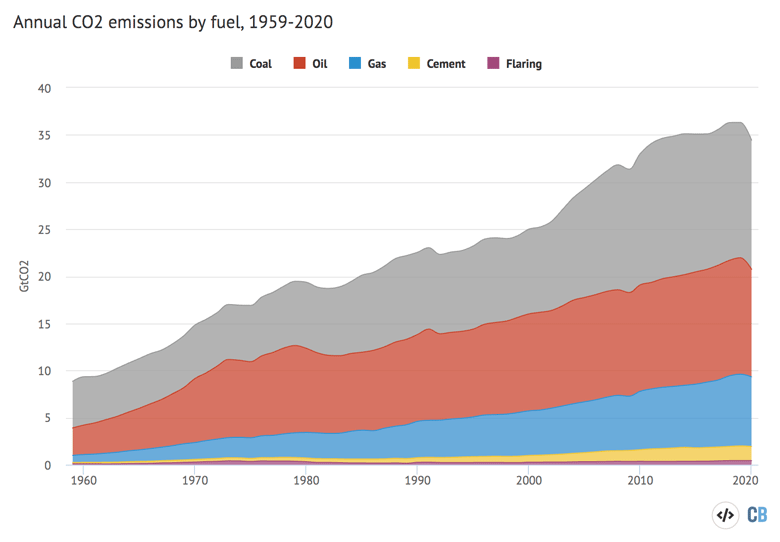



Global Carbon Project Coronavirus Causes Record Fall In Fossil Fuel Emissions In Carbon Brief
Global Manmade Greenhouse Gas Emissions by Sector, 13 Notes Globally, the primary sources of greenhouse gas emissions are electricity and heat (31%), agriculture (11%), transportation (15%), forestry (6%) and manufacturing (12%)The AGGI in was 147, which means that we've turned up the warming influence from greenhouse gases by 47% since 1990;Počet řádků 21 The world's countries emit vastly different amounts of heattrapping gases into the atmosphere



Emissions By Sector Our World In Data



1
This chart offers a comprehensive view of global greenhouse gas (GHG) emissions It describes the sources and activities across the global economy that produce greenhouse gas emissions, as well as the type and volume of gases associated with each activity It is an updated version of the 05 chart Study Clarifies US Beef's Resource Use and Greenhouse Gas Emissions By Jan Suszkiw WASHINGTON, DC, —A fuller picture is emerging of the environmental footprint of beef in the United States An Agricultural Research Service ()led team has completed a comprehensive lifecycle analysis quantifying the resource use and various environmental emissionsAnd food waste is responsible for 24% of that figure Therefore food waste as a share of global emissions is 24% * 26 = 6% Latest data from the World Resource Institute's CAIT Climate Data Explorer reports that aviation accounts for 19% of global greenhouse gas emissions Food losses and waste
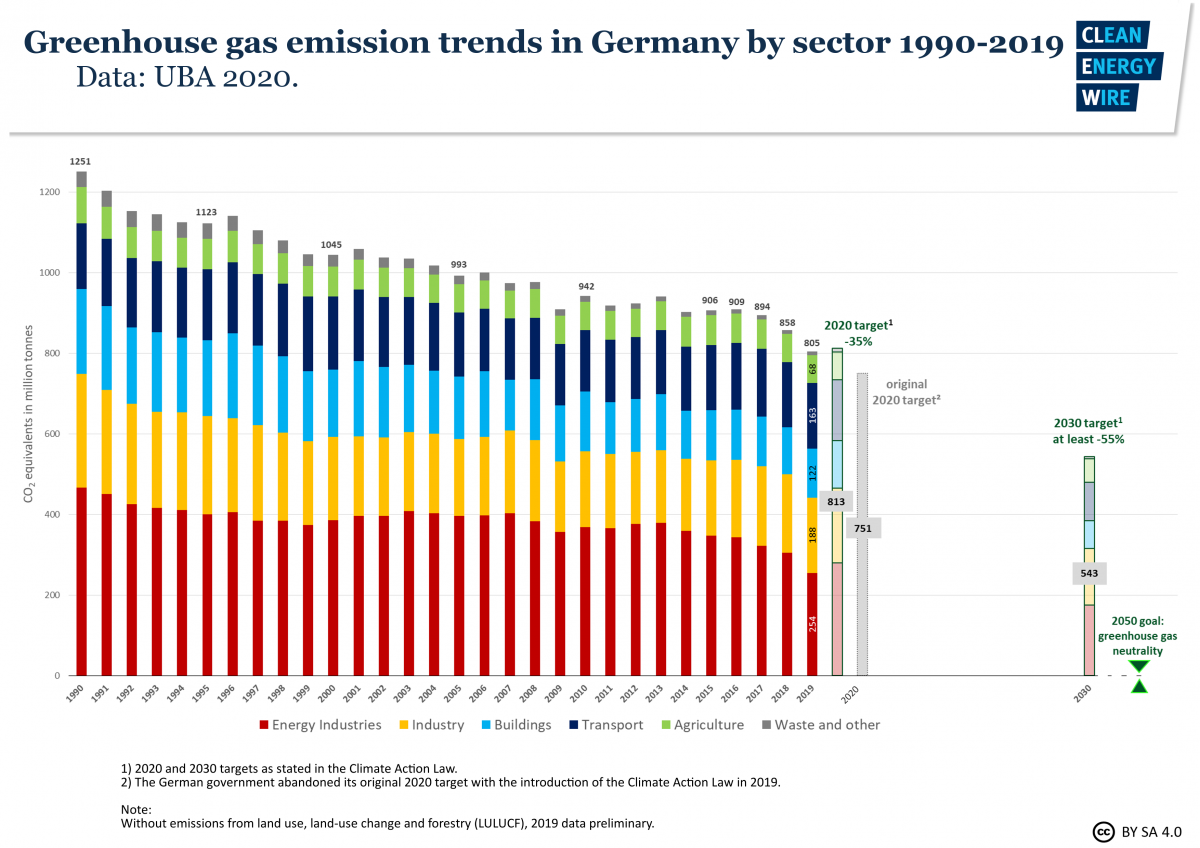



Steep Emissions Plunge Puts Germany S Original Climate Target Back On The Cards Clean Energy Wire




Global Greenhouse Gas Emissions In The Unmitigated Reference Download Scientific Diagram
Responsible for 15% of global emissions, it's a long way behind China's 27% But the US has the world's highest per capita CO2 emissions – 166 tonnes per person, way ahead of the global average of 48 tonnes and China's 7 tonnes per personNote The chart presents the ratio of annual greenhouse gas emissions per person and per unit of gross domestic product relative to those values in 1990 (that is the values are indexed to 1990) inflationadjusted gross domestic product in 12 dollarsThe United States produced 66 billion metric tons of carbon dioxide equivalent greenhouse gas emissions in 19, the second largest in the world after greenhouse gas emissions by China and among the countries with the highest greenhouse gas emissions per person In 19 China is estimated to have emitted 27% of world GhG, followed by the United States with 11%, then India




List Of Countries By Carbon Dioxide Emissions Per Capita Wikipedia



Co And Greenhouse Gas Emissions Our World In Data
Download this chart Figure 3 Estimates of UK greenhouse gas emissions on a footprint (consumption) basis have fallen more slowly than estimates on other basis Image csv xls Figure 3 shows the greenhouse gas footprint basis provides notably the biggest estimate of the UK's GHG emissions The world emits 48% more carbon dioxide from the consumption of energy now than it did in 1992 when the first Rio summit took place The new data shows the rise of Asia, big increases in emissionsOverview Total Emissions in 14 = 6,870 Million Metric Tons of CO 2 equivalent * Land Use, LandUse Change, and Forestry in the United States is a net sink and offsets approximately 11 percent of these greenhouse gas emissions All emission estimates from the Inventory of US Greenhouse Gas Emissions and Sinks 1990–14 Larger image to save or print



Reducing Carbon Dioxide And Other Greenhouse Gas Emissions Is One Of The Greatest Challenges Of This Century How Are Emissions Changing Over Time How Are They Distributed Across The World Which Countries



Oc Global Carbon Emissions Compared To Ipcc Recommended Pathway To 1 5 Degree Warming Dataisbeautiful
Greenhouse gases emissions in the EU and in the world The charts above list EU countries by total greenhouse gas (GHG) emissions in 17 and the infographic below shows the world's top greenhouse gas emitters in 15 The EU is the third biggest emitter behind China and the United State and followed by India and Russia In 18 New Zealand's gross greenhouse gas emissions were 7 million tonnes of CO 2 e, 240 percent higher than 1990 and 10 percent lower than 17 In 18 Gross GHG emissions were mainly made up of carbon dioxide (445 percent), methane (435 percent), and nitrous oxide (96 percent) Carbon dioxide emissions were mainly produced by Amid all the future talk, the World Resources Institute (WRI) has released new information about the present — an infographic and huge database of the world's current greenhouse gas emissions
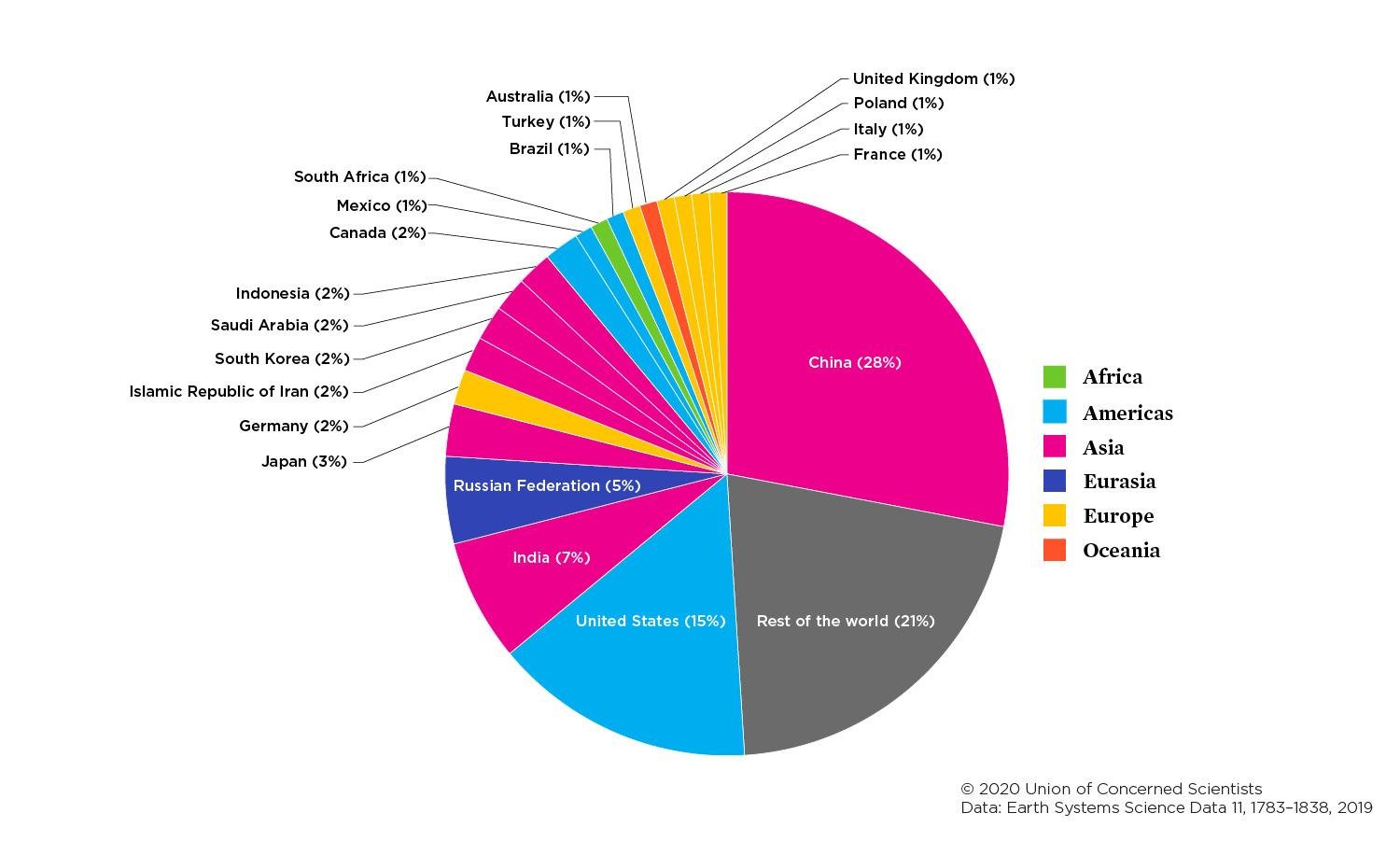



Each Country S Share Of Co2 Emissions Union Of Concerned Scientists



Www Pbl Nl Sites Default Files Downloads Pbl Trends In Global Co2 And Total Greenhouse Gas Emissions 19 Report 4068 Pdf
Greenhouse Gas Emissions Must Be Reduced Rapidly to Avert the Climate Crisis The world is already facing the consequences from climate change To avoid much more dangerous and costly impacts, current levels of greenhouse gas emissions must be slashed in half by 30 and reach netzero by midcenturyIt took ~240 years for the AGGI to go from 0 to 1, ie, to reach 100%, and 30 years for it to increase by another 47% In terms of CO 2 equivalents, the atmosphere in contained 504 ppm, of which 412 is CO 2 alone The rest comes from other Graph by NOAA Climategov based on data from NOAA ESRL According to the 19 AGGI report, the combined heating influence of the longlived, humanproduced greenhouse gases is 314 Watts for every square meter of Earth's surface Just over 80 percent of that is due to carbon dioxide (66%) and methane (16%)
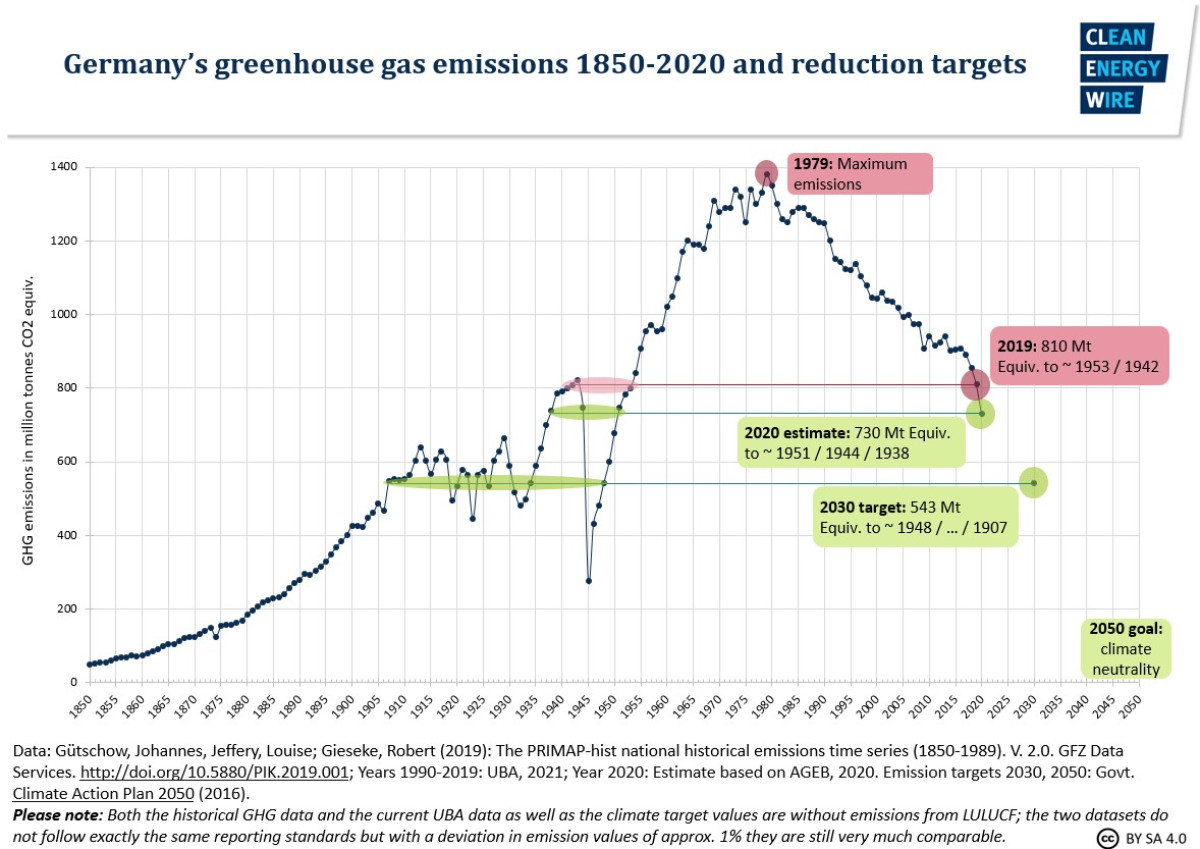



Germany S Greenhouse Gas Emissions And Energy Transition Targets Clean Energy Wire
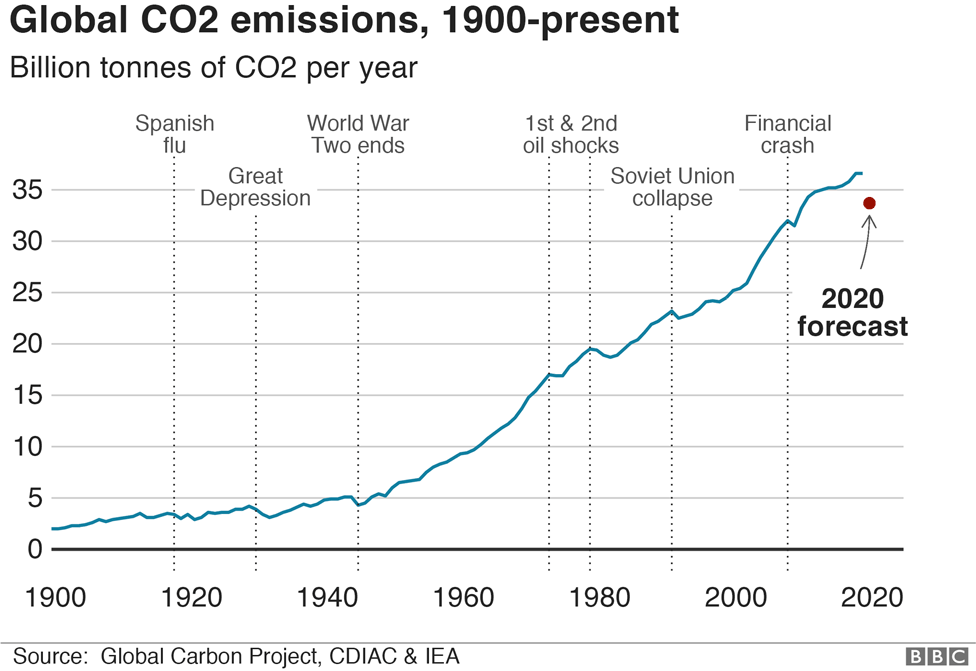



Climate Change And Coronavirus Five Charts About The Biggest Carbon Crash c News
Food production is responsible for 26% of global greenhouse gas emissions; Despite promises from countries to cut their emissions, the world's greenhouse gas emissions continue to rise, making higher levels of temperature rise this century more likely That's the clear conclusion of these three reports, which also suggest that the task of limiting temperature rise to 2 degrees or less above preindustrial levelsBetween 05 and 18, global GHG emissions increased by 230%, from 38 669 to 47 552 megatonnes of carbon dioxide equivalent (Mt CO 2 eq) In 18, the highest emitting country was China with 12 355 Mt CO 2 eq, or 260% of global GHG emissions Since 05, emissions from China increased by 717%
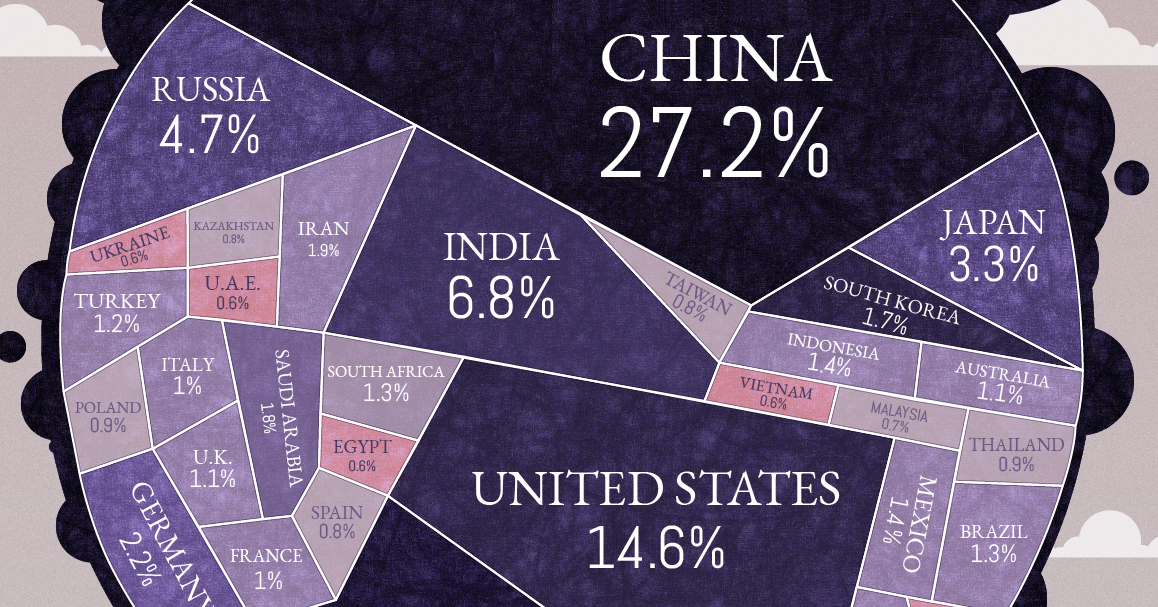



All Of The World S Carbon Emissions In One Giant Chart



Greenhouse Gas Emissions Our World In Data
Trends in greenhouse gas emissions This article presents trends in emissions of all greenhouse gases, namely carbon dioxide (CO 2), methane (CH 4), nitrous oxide (N 2 O), hydrofluorocarbons (HFCs), perfluorocarbons (PFCs), sulphur hexafluoride (SF 6) and natrium trifluoride (NF 3)Data presented in this article include emissions from international aviation and exclude emissions orIn 19, direct industrial greenhouse gas emissions accounted for 23 percent of total US greenhouse gas emissions, making it the third largest contributor to US greenhouse gas emissions, after the Transportation and Electricity sectors Including both direct emissions and indirect emissions associated with electricity use, industry's share of total US greenhouse gas emissions in 19 was 30 percent, making it the largest contributor of greenhouse Energy consumption is by far the biggest source of humancaused global greenhouse gas emissions, accounting for 73% of the total GHGs, according to the World Resources Institute
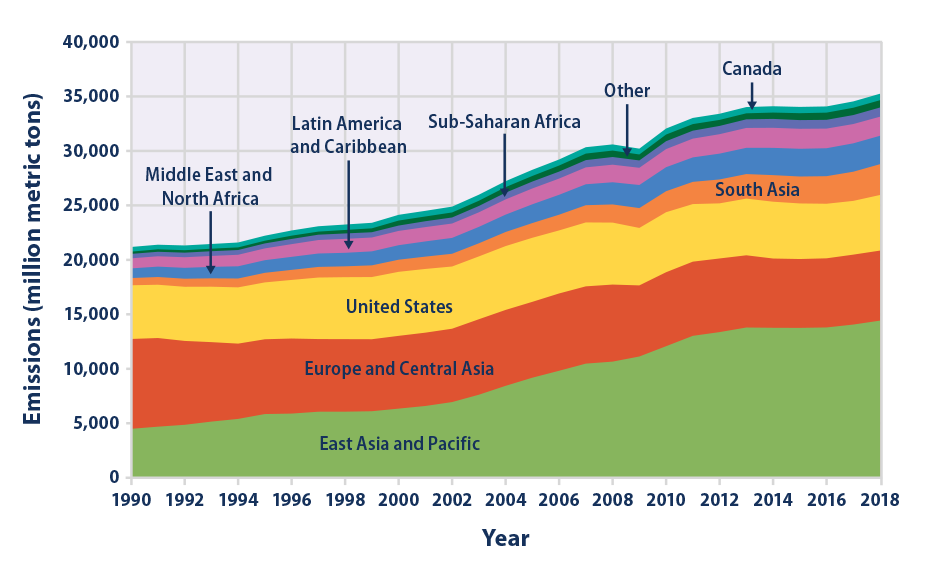



Climate Change Indicators Global Greenhouse Gas Emissions Us Epa




Where Are Us Emissions After Four Years Of President Trump
English This pie chart shows annual world greenhouse gas emissions, in 05, by sector Emissions are measured as a percentage of total world carbon dioxide equivalent emissions Electricity and heat, 249%; Daisy Dunne Worldwide tourism accounted for 8% of global greenhouse gas emissions from 09 to 13, new research finds, making the sector a bigger polluter than the construction industry The study, which looks at the spending habits of travellers in 160 countries, shows that the impact of tourism on global emissions could be four timesThis chart, "Global Greenhouse Gas Emissions in 05," shows these industries and activities, and the type and volume of greenhouse gases that result from them It includes emissions estimates from a range of international data providers, in an attempt to account for all significant GHG emissions sources
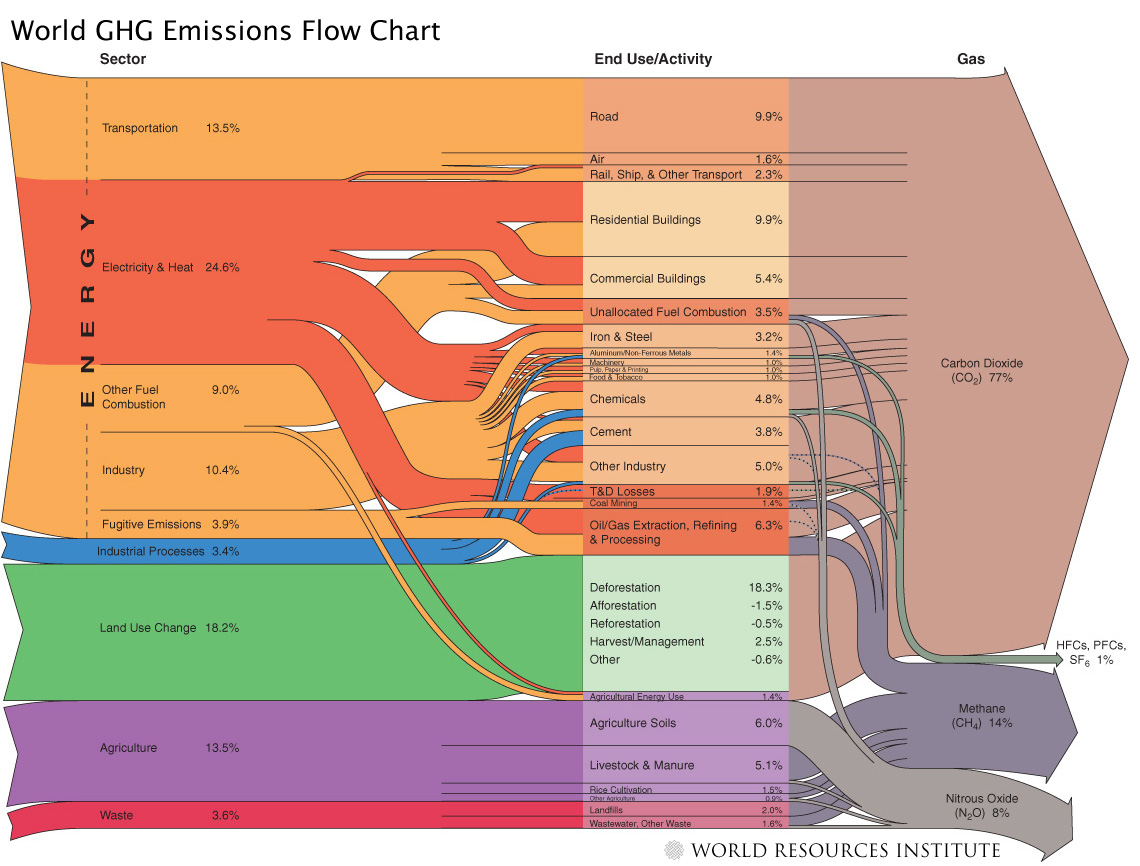



World And Us Ghg Diagrams From Wri Sankey Diagrams




World Economic Forum در توییتر 3 Charts That Show Which Countries And Which Sectors Emit The Most Greenhouse Gas T Co Vayuyyhtvc Climatechange Emissions T Co Yg1oyfqi0y T Co Jug9qgi7k3
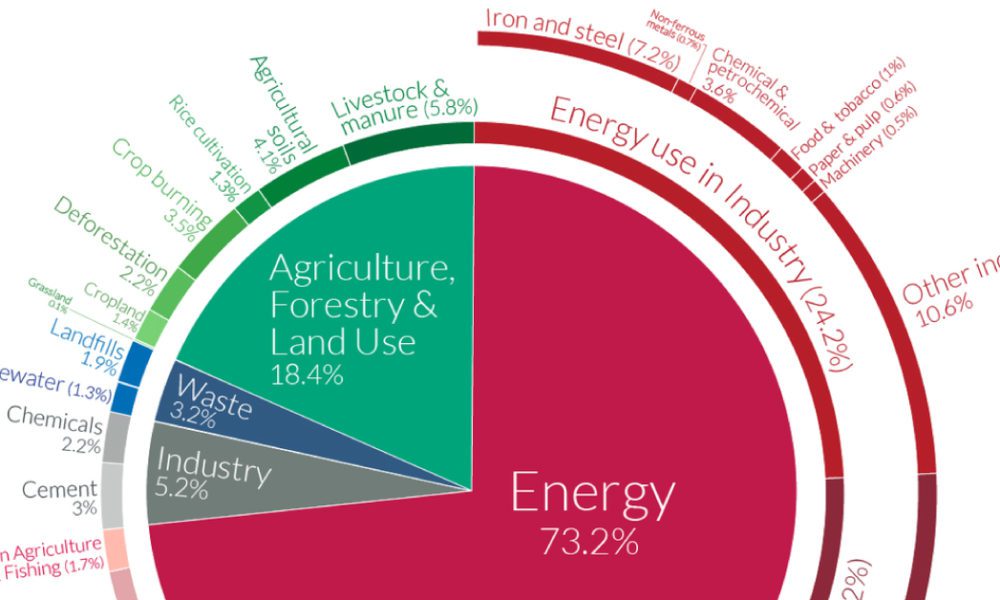



A Global Breakdown Of Greenhouse Gas Emissions By Sector



Co And Greenhouse Gas Emissions Our World In Data



Www Ipcc Ch Site Assets Uploads 18 12 Unep 1 Pdf
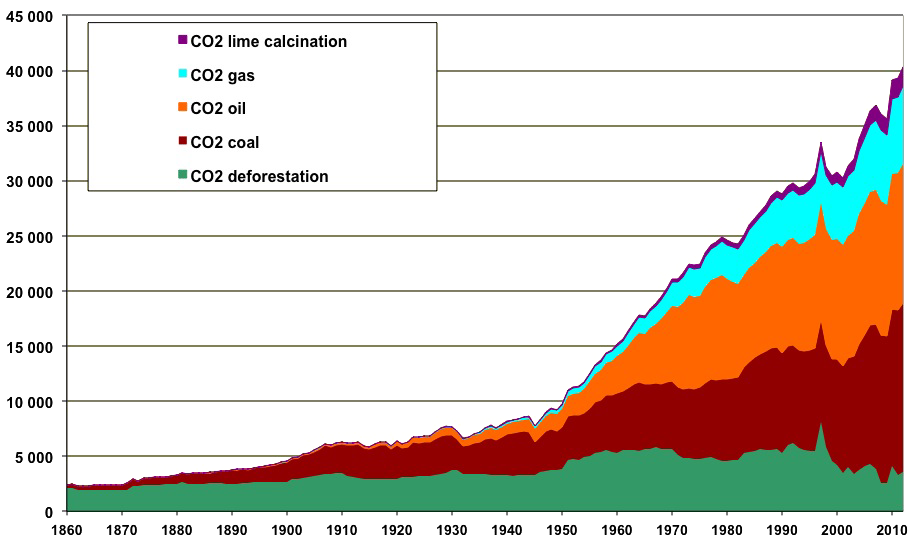



How Do Greenhouse Gas Emissions Presently Evolve Jean Marc Jancovici
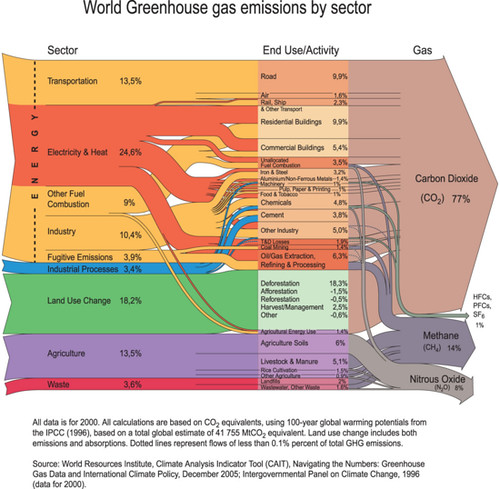



World Greenhouse Gas Emissions By Sector Grid Arendal




Global Greenhouse Gas Emissions By Sector Download Scientific Diagram




World Flow Chart Of Greenhouse Gases Illustrating The Emission Download Scientific Diagram



Emissions By Sector Our World In Data




Interactive What Is The Climate Impact Of Eating Meat And Dairy Carbon Brief
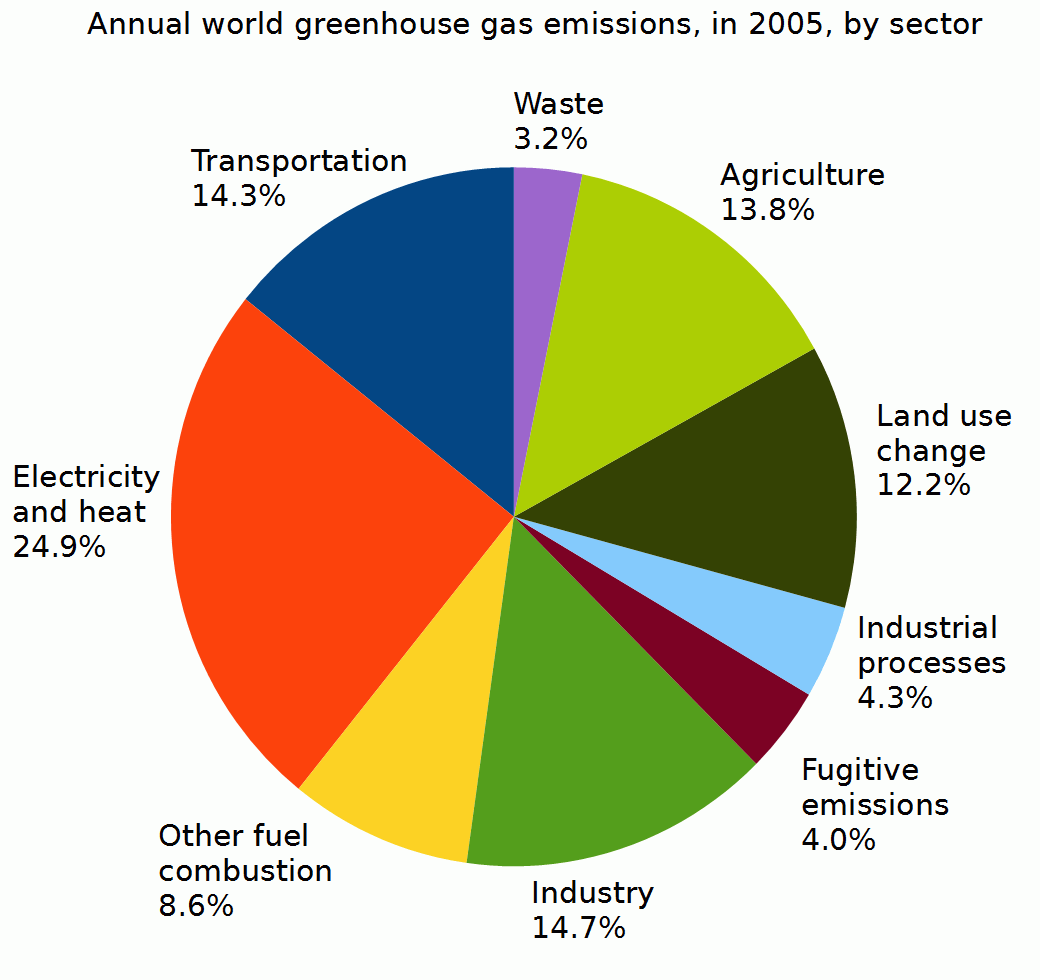



File Annual World Greenhouse Gas Emissions In 05 By Sector Png Wikimedia Commons



Emissions By Sector Our World In Data



Chart Global Carbon Emissions Fall In Statista



Chart Firms Produced A Third Of Global Co2 Emissions Statista
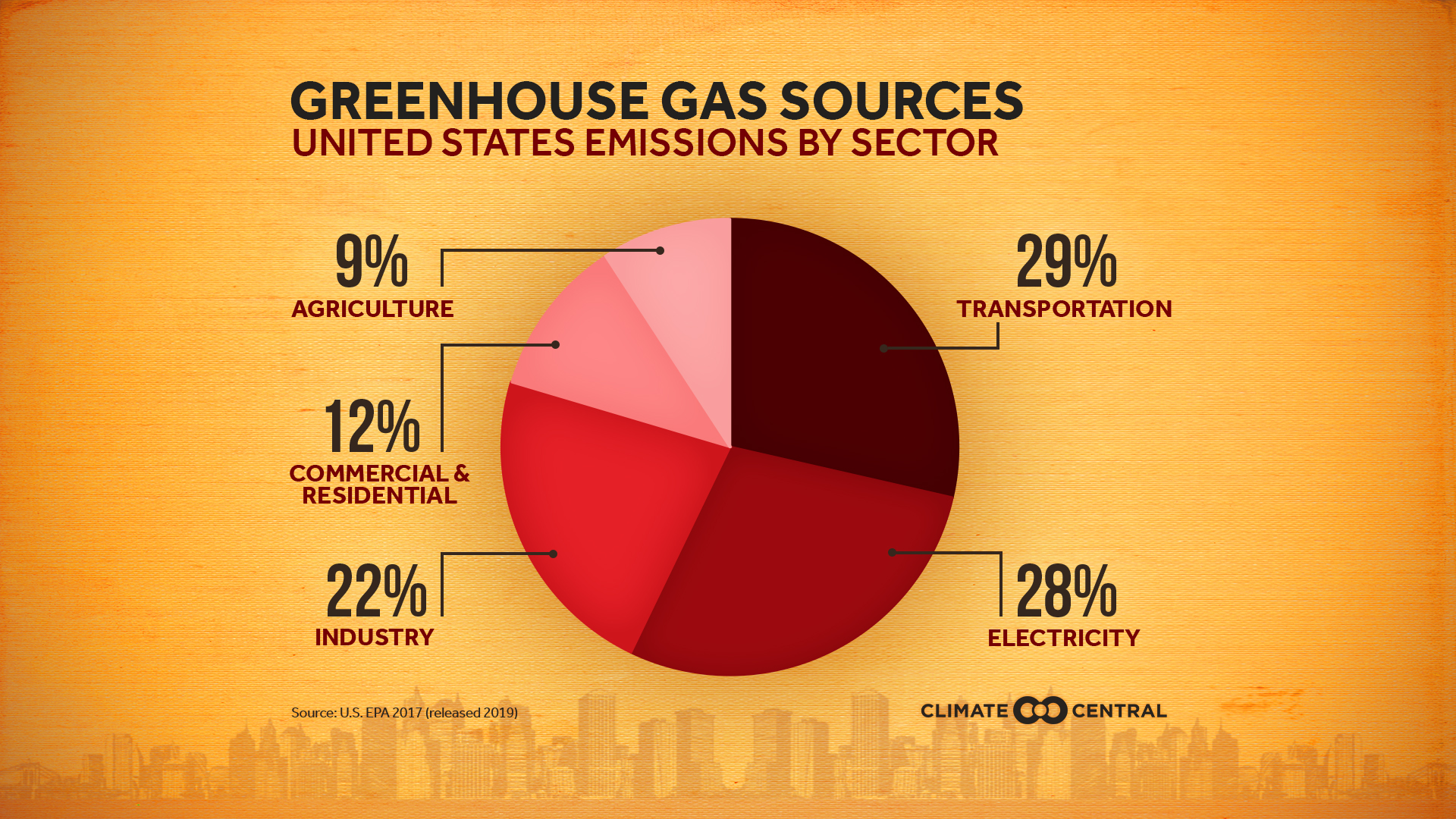



National And Global Emissions Sources Climate Matters




The World Is Far From Hitting Its Target For Carbon Emissions The Economist



Total Greenhouse Gas Emission Trends And Projections In Europe European Environment Agency




Greenhouse Gas Emissions By Country And Sector Infographic News European Parliament



Co And Greenhouse Gas Emissions Our World In Data
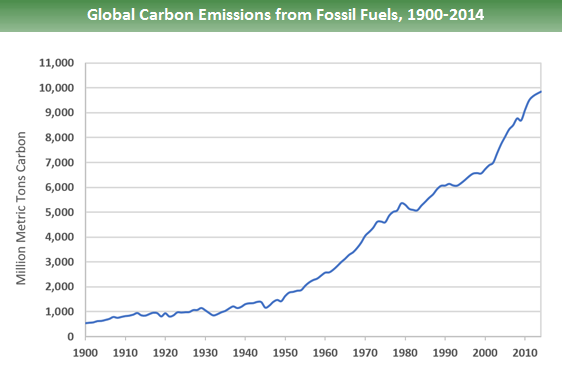



Global Greenhouse Gas Emissions Data Us Epa
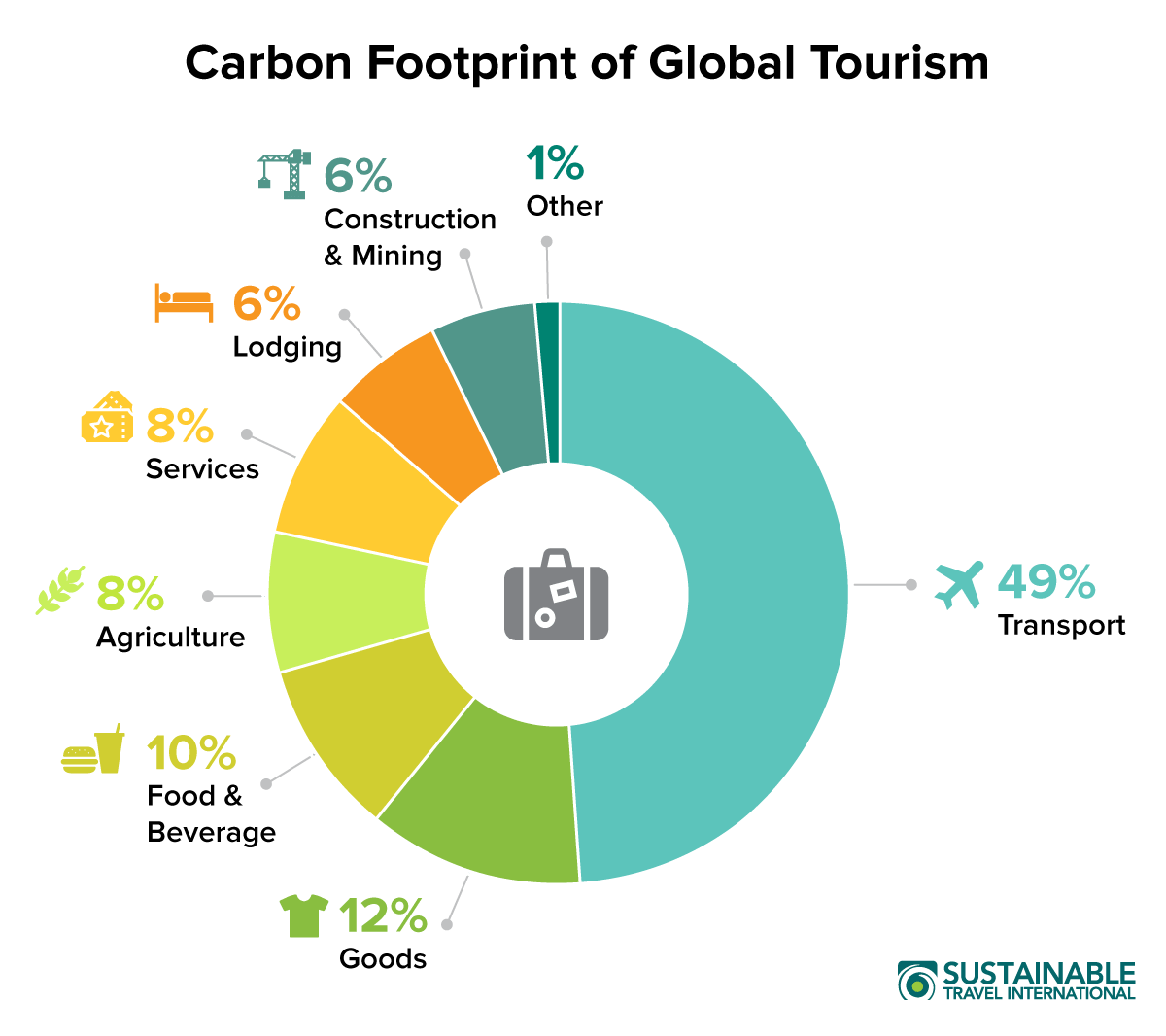



Carbon Footprint Of Tourism Sustainable Travel International




Co And Greenhouse Gas Emissions Our World In Data
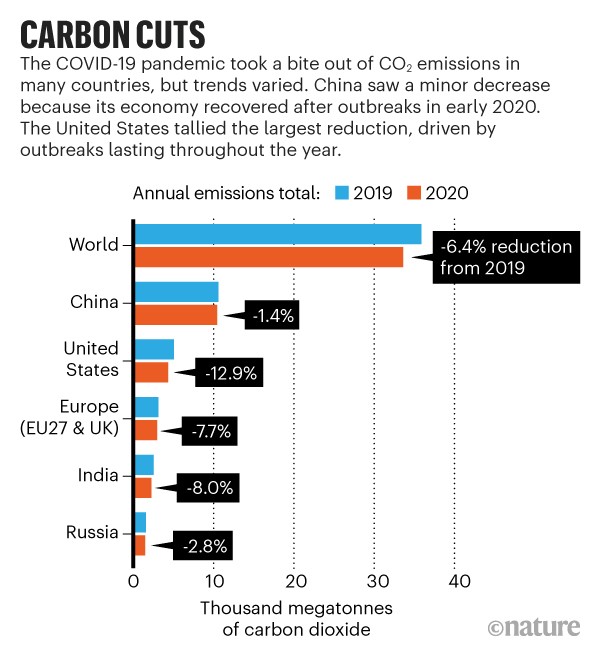



Covid Curbed Carbon Emissions In But Not By Much




Transport Could Burn Up The Eu S Entire Carbon Budget International Council On Clean Transportation



Total Greenhouse Gas Emission Trends And Projections In Europe European Environment Agency
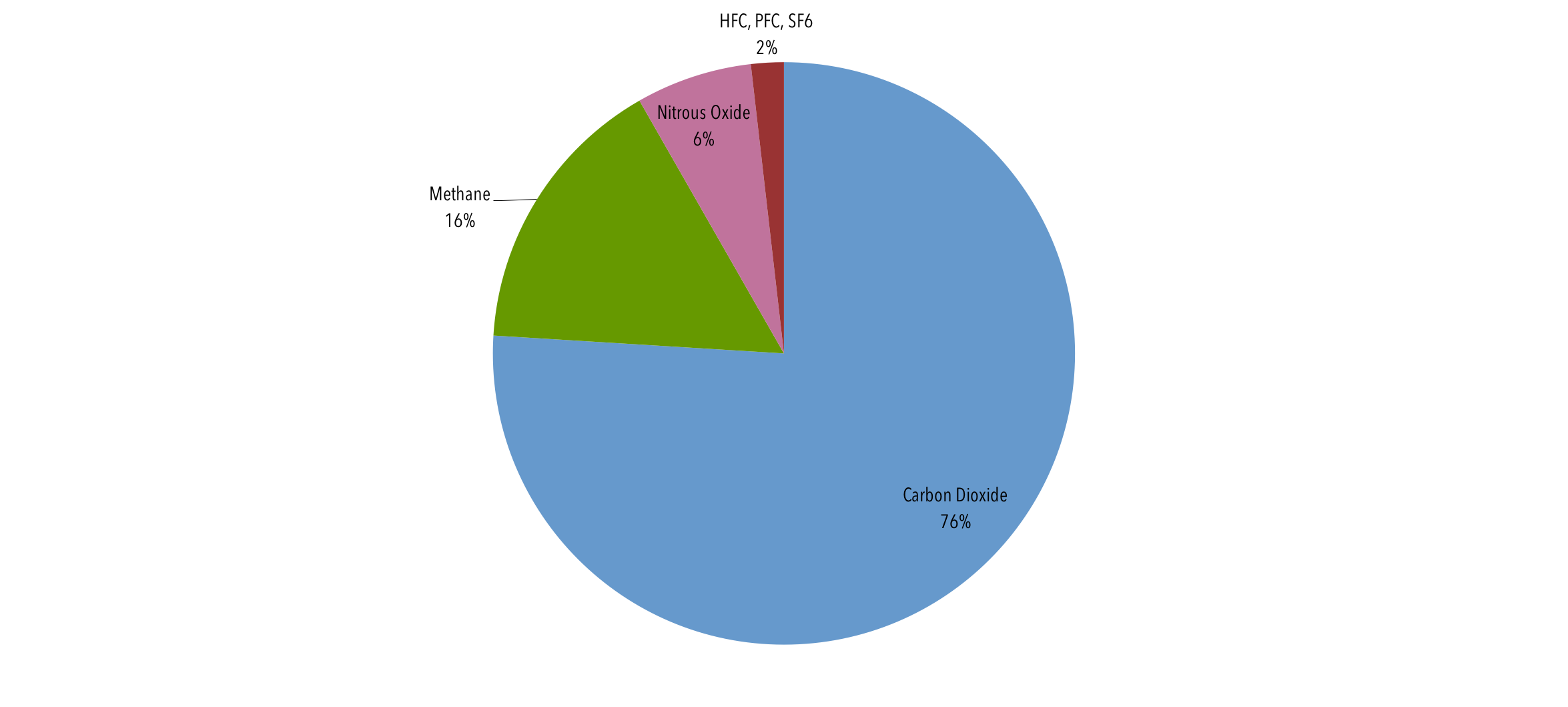



Global Emissions Center For Climate And Energy Solutions
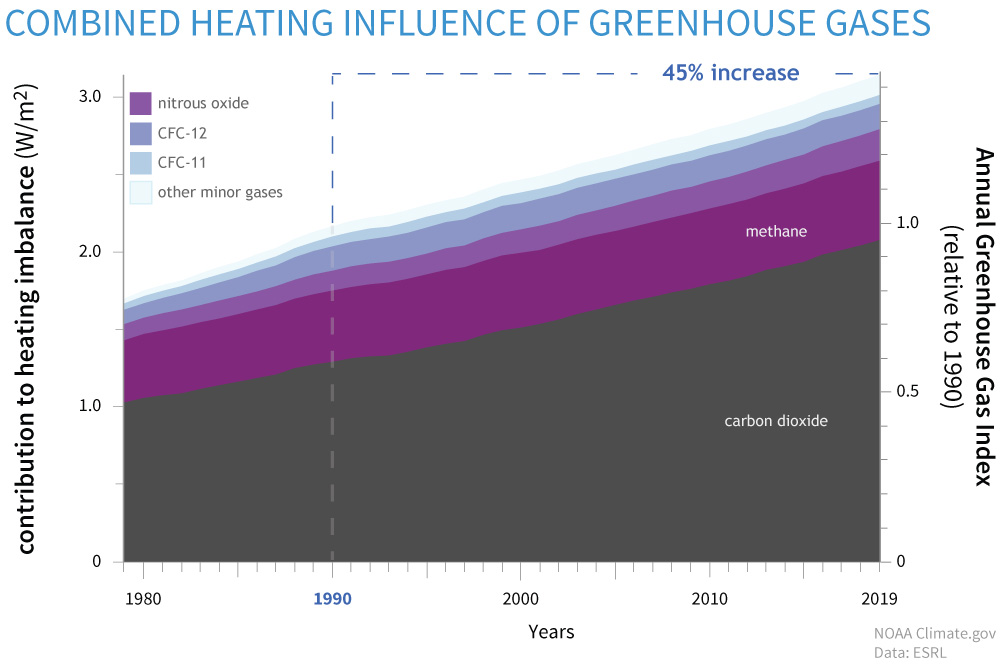



Climate Change Atmospheric Carbon Dioxide Noaa Climate Gov



1




Global Emissions Center For Climate And Energy Solutions




Trends In Global Co2 And Total Greenhouse Gas Emissions 17 Report Pbl Netherlands Environmental Assessment Agency




World And Us Ghg Diagrams From Wri Sankey Diagrams




Greenhouse Gas Emissions By Country And Sector Infographic News European Parliament



Chart Wealthy Nations Lead Per Capita Emissions Statista




More Than Half Of All Co2 Emissions Since 1751 Emitted In The Last 30 Years
/cdn.vox-cdn.com/uploads/chorus_asset/file/16185122/gw_graphic_pie_chart_co2_emissions_by_country_2015.png)



Climate Change Animation Shows Us Leading The World In Carbon Emissions Vox
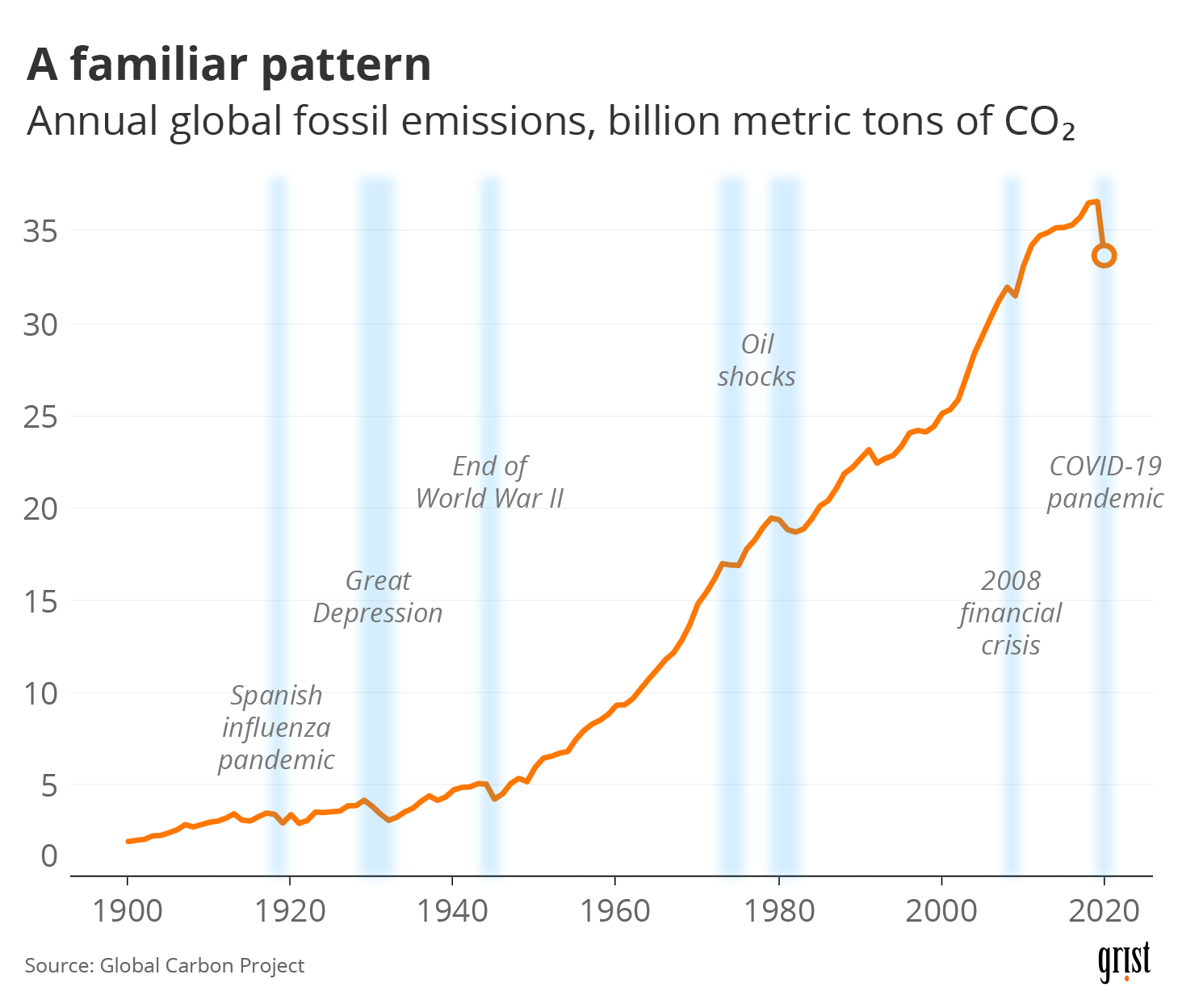



After A Century Of Growth Have Carbon Emissions Reached Their Peak Grist
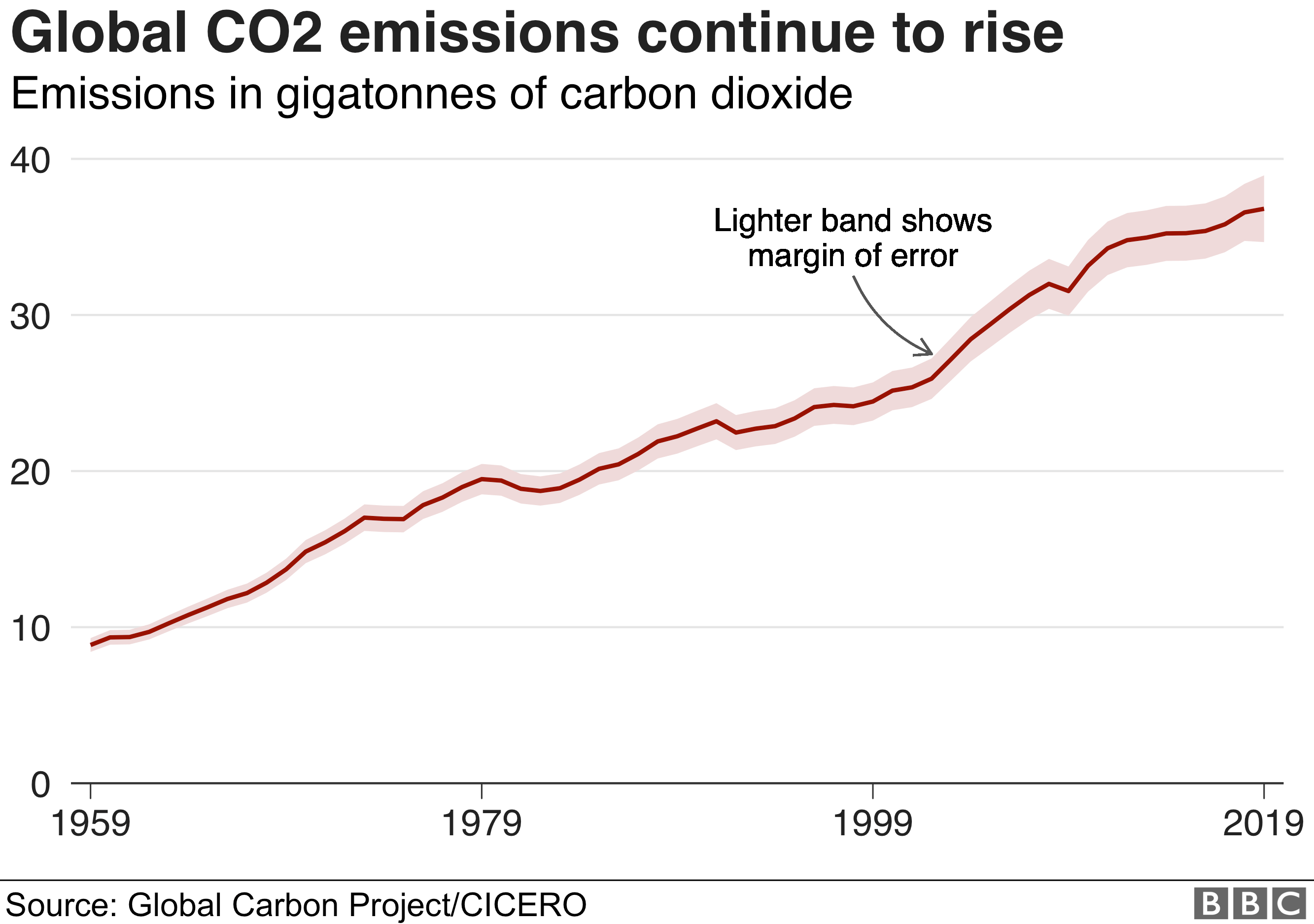



Climate Change Emissions Edge Up Despite Drop In Coal c News




Chart Of The Day These Countries Have The Largest Carbon Footprints World Economic Forum




Predicted Global Greenhouse Gas Emissions By Sres Scenario Download Scientific Diagram
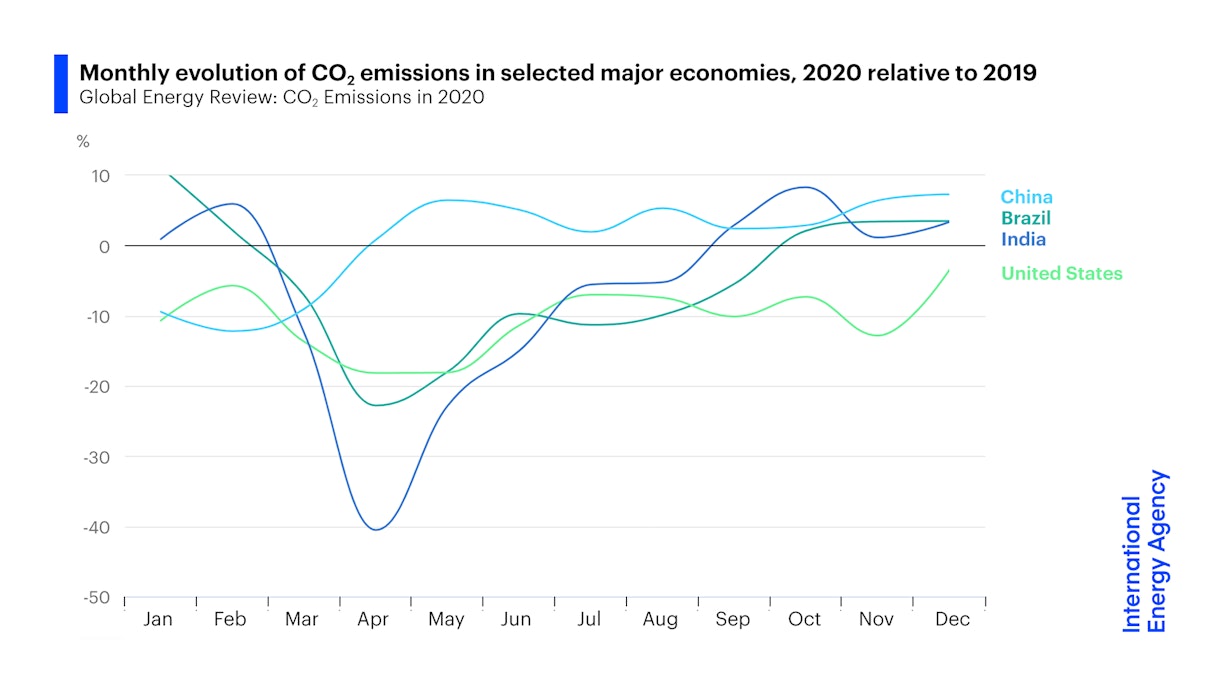



After Steep Drop In Early Global Carbon Dioxide Emissions Have Rebounded Strongly News Iea




Germany S Greenhouse Gas Emissions And Energy Transition Targets Clean Energy Wire




Global Emissions Center For Climate And Energy Solutions



Www Pbl Nl Sites Default Files Downloads Pbl Trends In Global Co2 And Total Greenhouse Gas Emissions 19 Report 4068 Pdf
/cdn.vox-cdn.com/assets/4250823/ecofys-world-ghg-emissions-flowchart.png)



Where Do Greenhouse Gas Emissions Come From Vox




Global Emissions Center For Climate And Energy Solutions




Greenhouse Gas Emissions By China Wikipedia
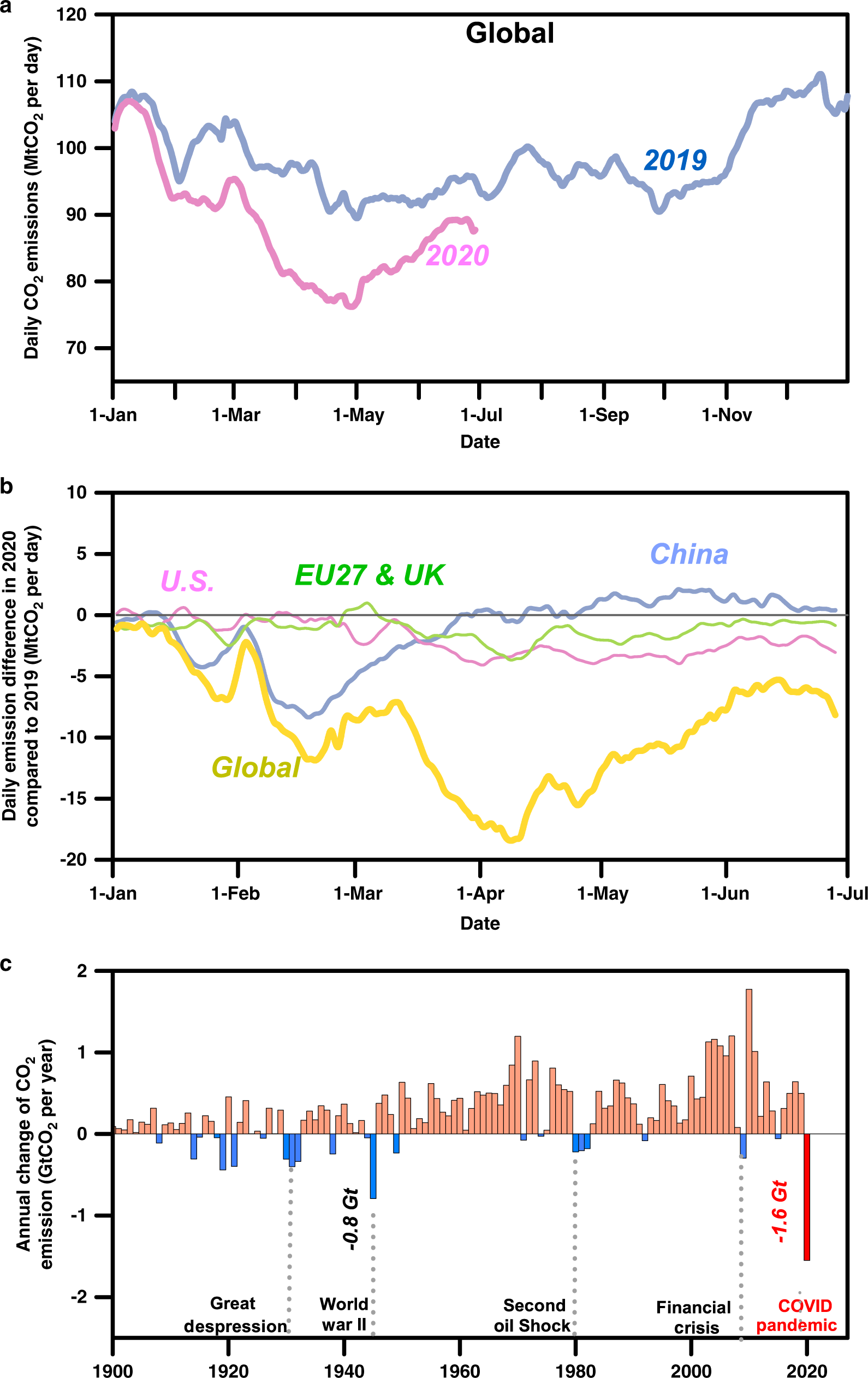



Near Real Time Monitoring Of Global Co2 Emissions Reveals The Effects Of The Covid 19 Pandemic Nature Communications
.png)



Fact Sheet The Growth In Greenhouse Gas Emissions From Commercial Aviation White Papers Eesi
.png)



Fact Sheet The Growth In Greenhouse Gas Emissions From Commercial Aviation White Papers Eesi




Interactive What Is The Climate Impact Of Eating Meat And Dairy Carbon Brief



Emissions By Sector Our World In Data
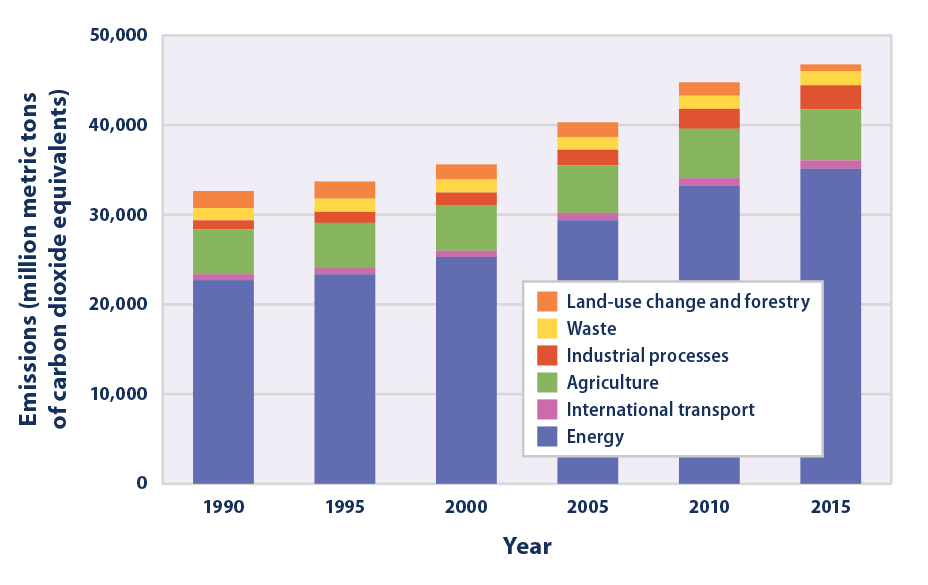



Climate Change Indicators Global Greenhouse Gas Emissions Us Epa




Global Historical Co2 Emissions 1750 Statista
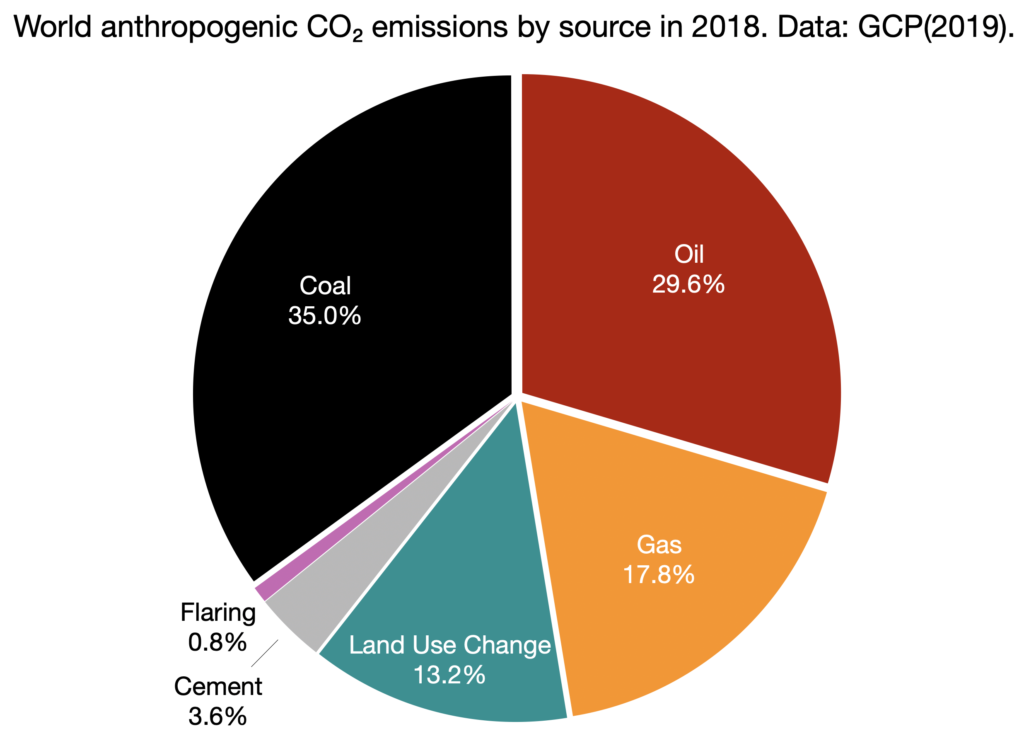



Greenhouse Gas Emissions



3
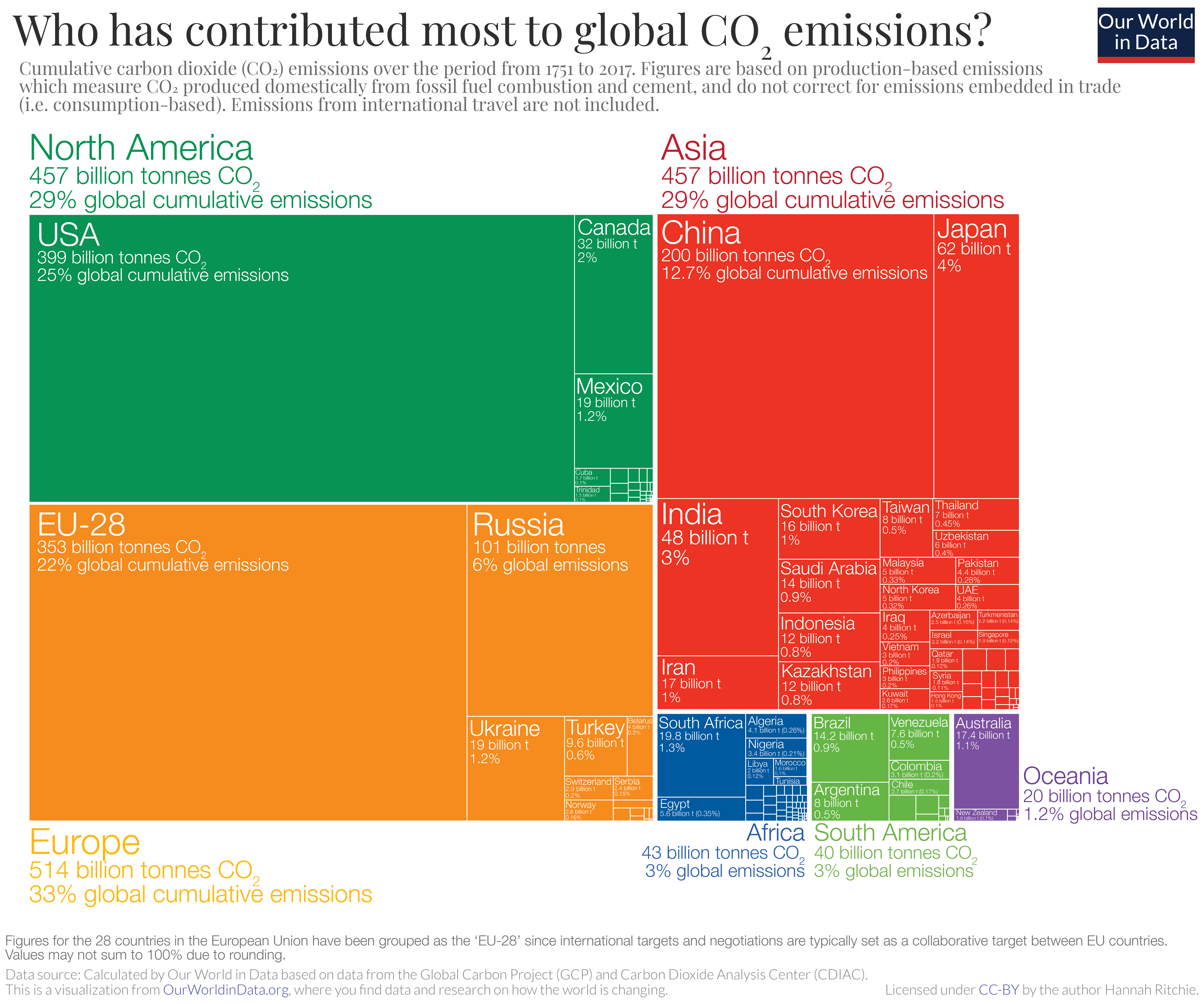



Global Emissions Center For Climate And Energy Solutions




Pin On Heal The Planet
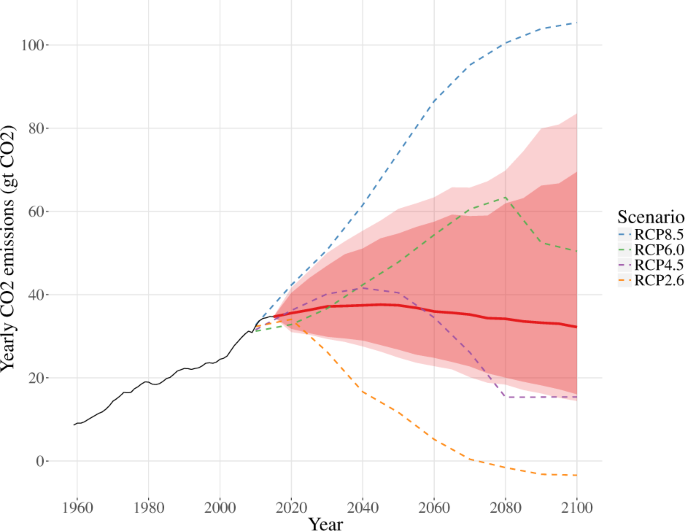



Country Based Rate Of Emissions Reductions Should Increase By 80 Beyond Nationally Determined Contributions To Meet The 2 C Target Communications Earth Environment



Ghg Page 2 Sankey Diagrams



Www Pbl Nl Sites Default Files Downloads Pbl Trends In Global Co2 And Total Greenhouse Gas Emissions 19 Report 4068 Pdf



Www Pbl Nl Sites Default Files Downloads Pbl 17 Trends In Global Co2 And Total Greenhouse Gas Emissons 17 Report 2674 Pdf




World Flow Chart Of Greenhouse Gases Illustrating The Emission Download Scientific Diagram



Co And Greenhouse Gas Emissions Our World In Data



Co2 Emissions Our World In Data
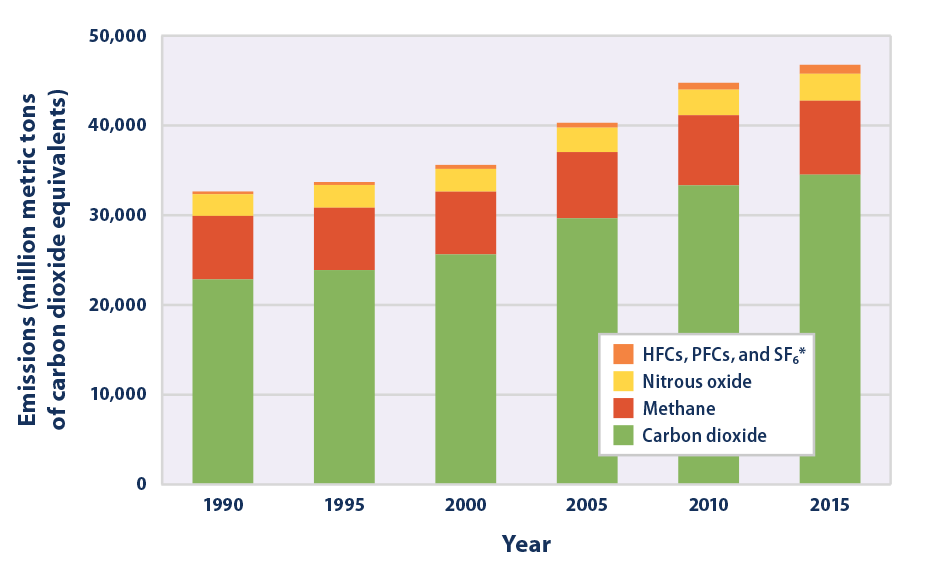



Climate Change Indicators Global Greenhouse Gas Emissions Us Epa
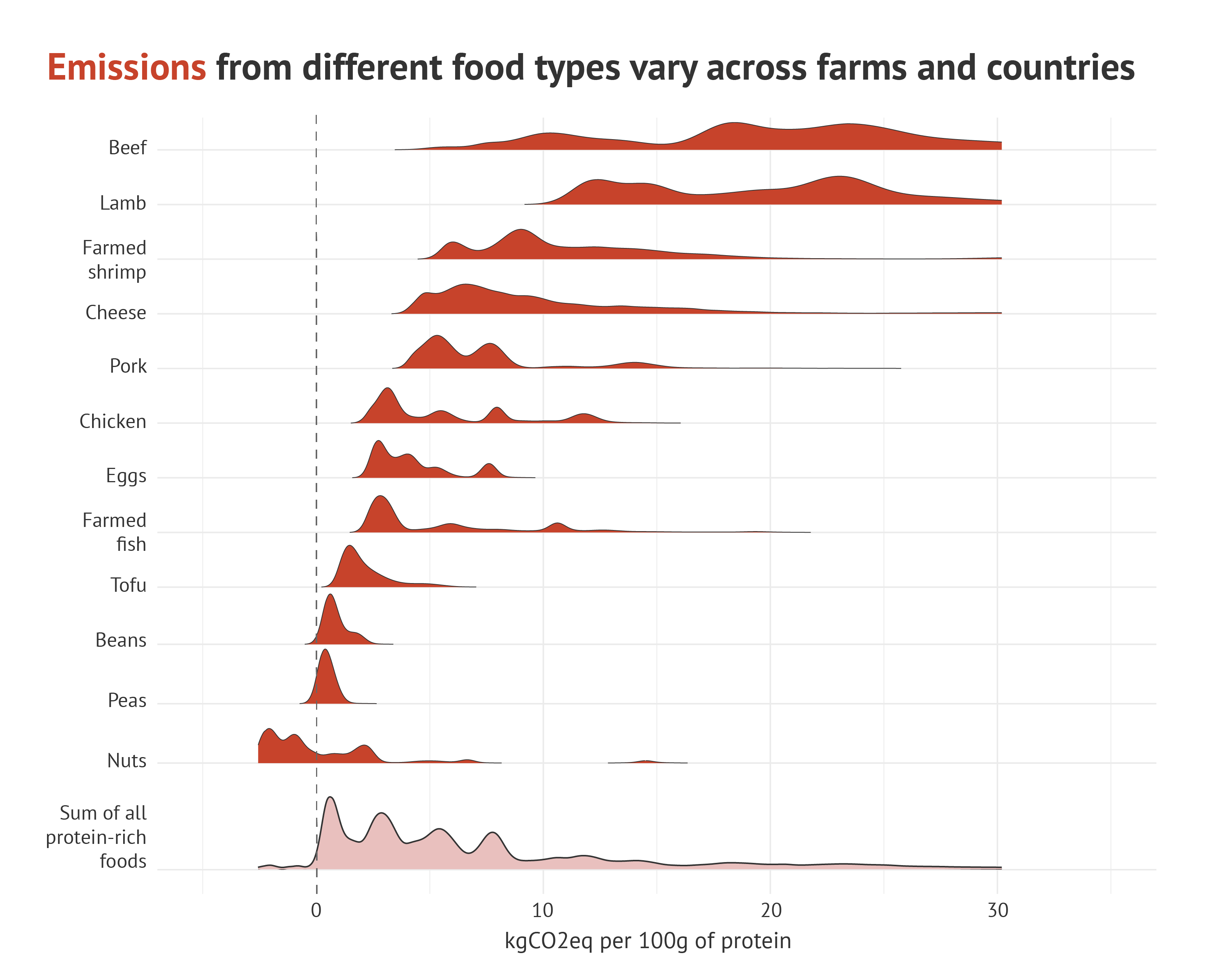



Interactive What Is The Climate Impact Of Eating Meat And Dairy Carbon Brief




Interactive What Is The Climate Impact Of Eating Meat And Dairy Carbon Brief



1
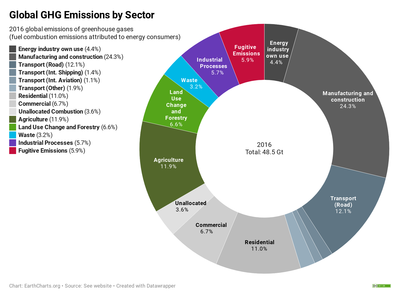



Greenhouse Gas Emissions Wikipedia




How Each Country S Share Of Global Co2 Emissions Changes Over Time World Economic Forum




World Greenhouse Gas Emissions Sankey Chart 19 0 Deepresource



Chart Europe S Biggest Greenhouse Gas Emitters Statista




Greenhouse Gas Emissions Are Set To Rise Fast In 21 The Economist



Global Greenhouse Gas Emissions By Country And Sector Used Cait As Data Source Climatechange
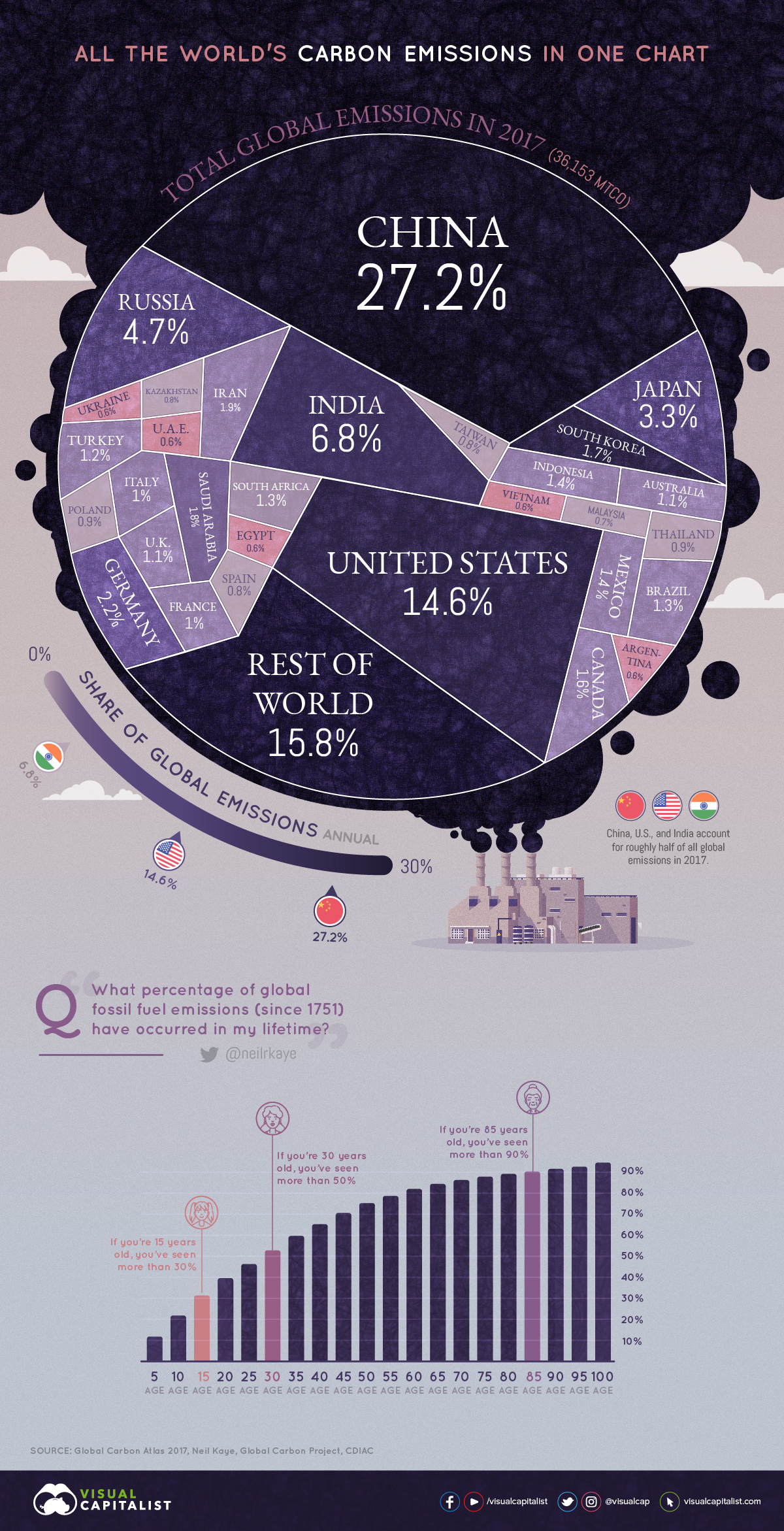



All Of The World S Carbon Emissions In One Giant Chart
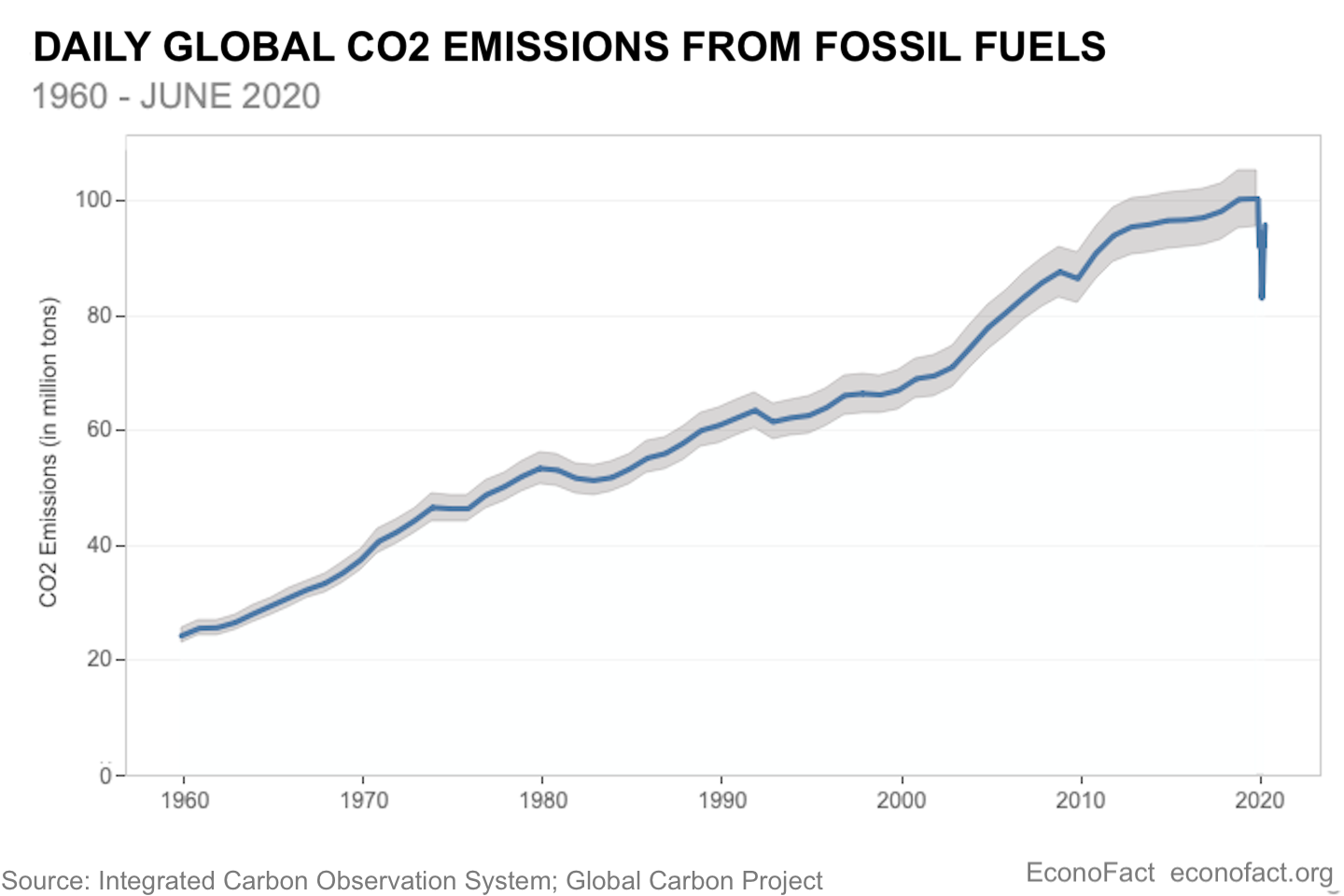



The Effect Of Covid 19 On Co2 Emissions Econofact




Greenhouse Gas Emissions Wikipedia
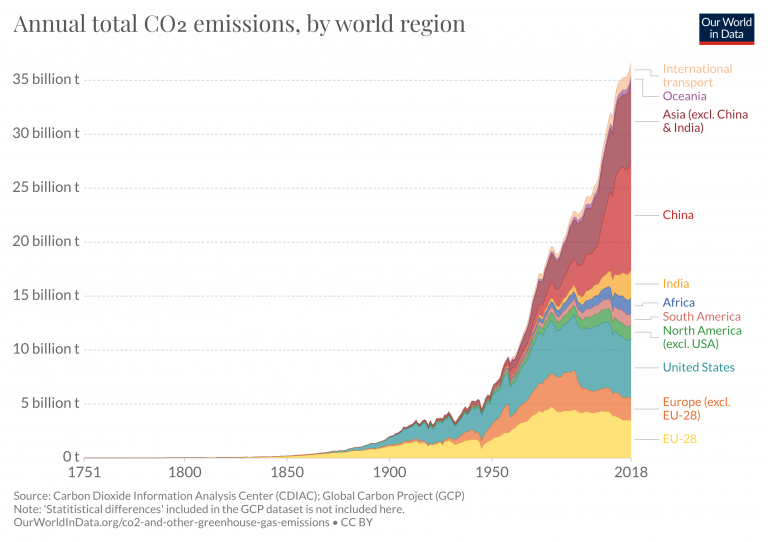



Co2 Emissions Our World In Data



Chart The Carbon Age 150 Years Of Co2 Emissions Statista
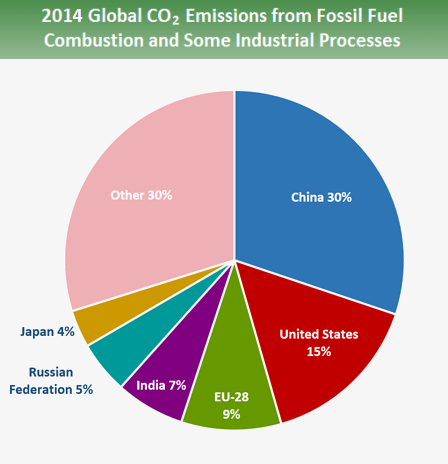



Global Greenhouse Gas Emissions Data Us Epa



Breakdown Of Global Greenhouse Gas Emissions Attributable To Cattle Download Scientific Diagram
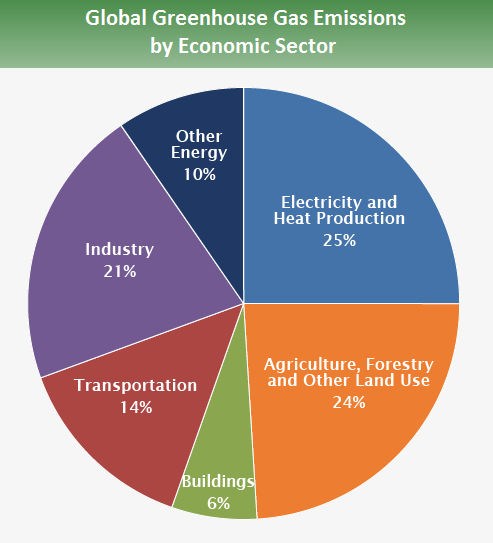



Global Greenhouse Gas Emissions Data Us Epa
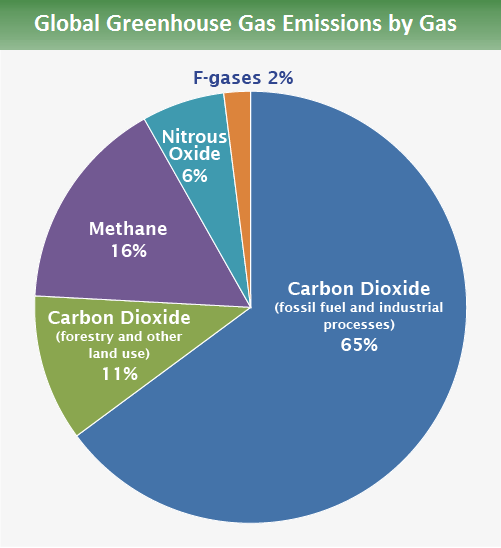



Global Greenhouse Gas Emissions Data Us Epa



0 件のコメント:
コメントを投稿